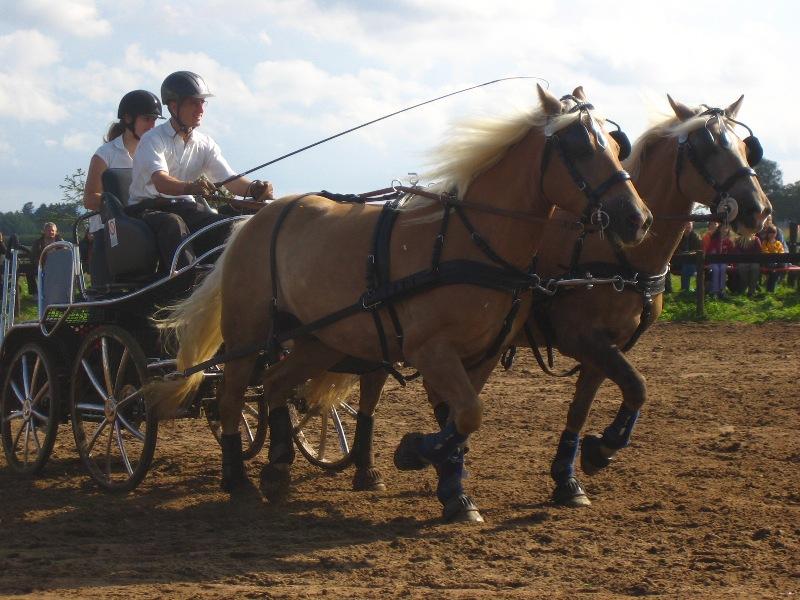
Continent: Europe
Country: Austria
Weight: 380 – 450 kg
Height: 137 – 149 cm
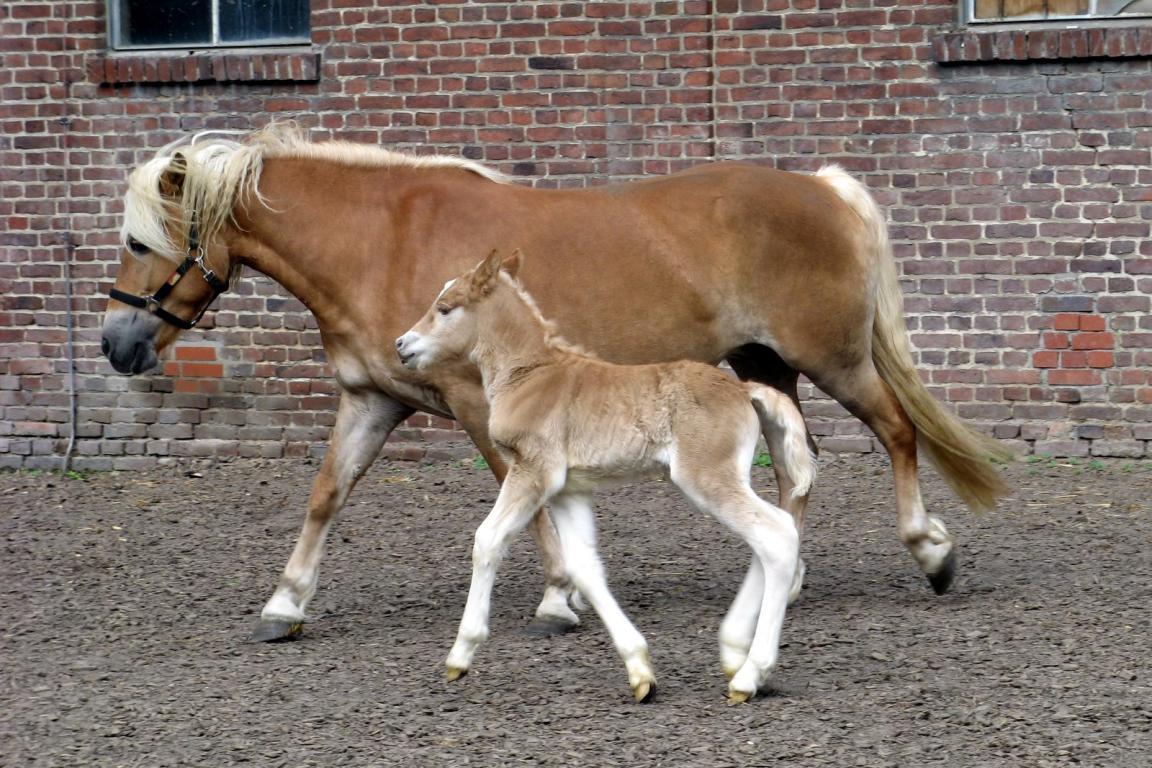
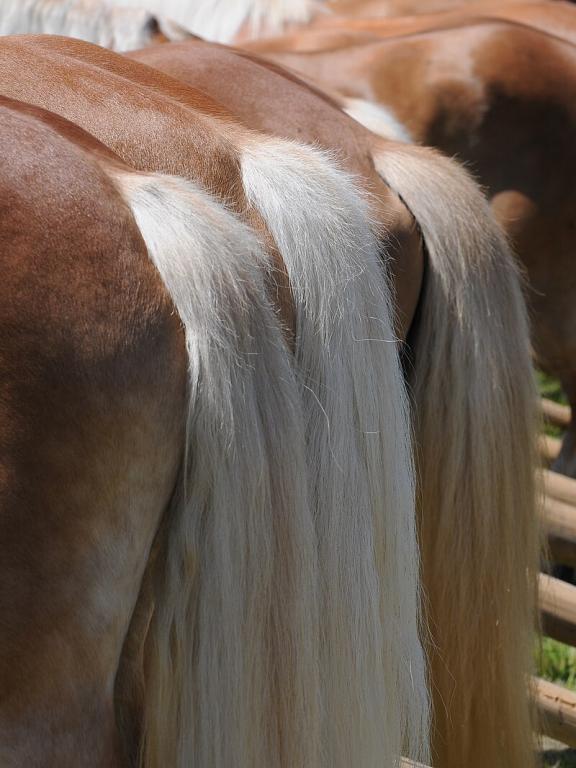
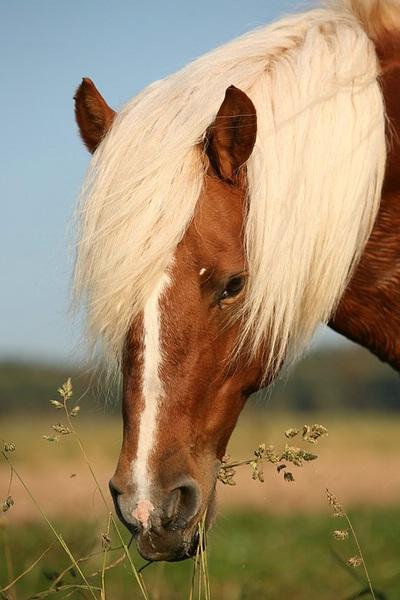
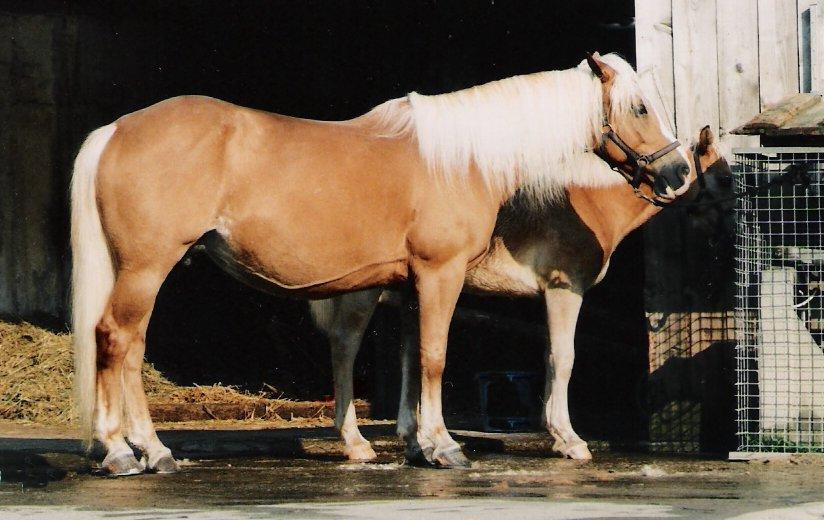
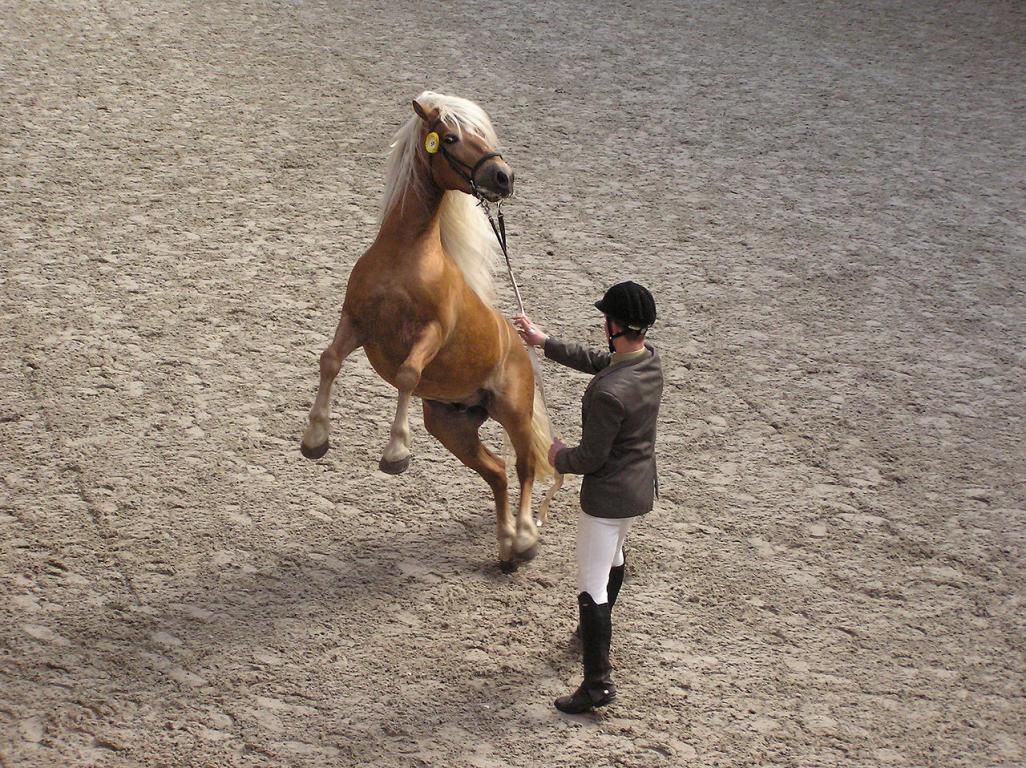

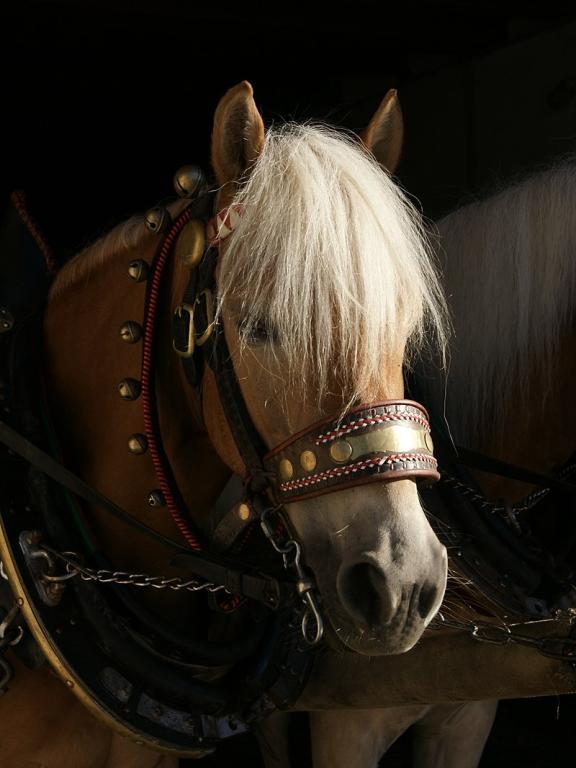
The Haflinger originates from Tyrol, a historic alpine region located between Austria and northern Italy.
The breed takes its name from the village of Hafling (now in Italy, in the autonomous province of Bolzano).
This mountain horse descends from local Tyrolean ponies crossed with Oriental, notably Arabian, horses.
The breed was consolidated at the end of the 19th century around the founding stallion Folie (born in 1874).
Its development is closely linked to mountain life, the hardiness sought by breeders, and its traditional use in rugged terrain.
The Haflinger was historically bred in the Tyrolean Alps, between Austria (North Tyrol) and Italy (South Tyrol, now the province of Bolzano). These mountainous regions shaped its surefootedness and hardiness.
Today, the breed is raised worldwide, with major breeding centers in:
-Austria (the breed’s cradle, notably in Ebbs and Zams)
-Italy (Bolzano, Trentino-Alto Adige)
-Germany (Bavaria)
-Switzerland
-France (mainly in Alsace, Burgundy, Brittany, and Picardy)
-United States and Canada
-United Kingdom, Netherlands, Luxembourg, Slovenia, Australia
Over 250,000 Haflingers are registered worldwide. The Austrian national studs and Italian breeders remain the cornerstones of the breed’s selection and international diffusion.
The Haflinger has a fully documented lineage tracing back to a single founding stallion, Folie (born in 1874), making it one of the few horse breeds with a completely known ancestry.
This genetic rigor has resulted in exceptional homogeneity in terms of conformation, temperament, and coat (chestnut with flaxen mane and tail).
The breed is divided into seven stallion lines, allowing careful management of genetic diversity within the stud-book.
Thanks to its hardiness, docility, and adaptability, the Haflinger is also used in controlled crossbreeding programs (e.g. Arabo-Haflinger, Edelbluthaflinger) to enhance elegance, disposition, and movement in other light breeds.
Lastly, the Haflinger serves as an international benchmark in genealogical selection practices, under the strict oversight of the World Haflinger Federation (WHF).
Mountain Origins and Medieval Legends :
The Haflinger finds its roots in Tyrol, an Alpine region now split between northern Italy (South Tyrol, Bolzano) and Austria. Although several theories exist regarding its origin, chronicles from the Middle Ages already mention light mountain ponies in the Adige Valley around 1282.
Some hypotheses suggest Oriental ancestry, possibly linked to horses brought by the Goths or Byzantine armies in the 6th century, which could explain the breed’s slightly Arabian features.
Birth of the Haflinger Type and Founding Stallion Folie (1874):
The breed as we know it today began to take shape in the late 19th century. In 1874, in the village of Hafling, the stallion Folie was born — a half-Arabian from the stallion El Bedavi XXII (of Oriental origin) and a chestnut mare from Galicia. He is officially recognized as the founding stallion of the Haflinger breed.
All modern Haflingers descend from him.
Folie set the standard for the breed’s type: a chestnut coat with flaxen mane and tail, expressive head, strong musculature, and a reliable temperament.
Imperial Recognition and Organization (1874–1904):
The breed gained popularity when Emperor Franz Joseph I of Austria adopted a Haflinger as his personal hunting horse. The breed’s image spread throughout the Austro-Hungarian Empire.
In 1904, the first breeding cooperative was founded in Mölten, South Tyrol. It laid the foundations of the stud-book, emphasizing purity and morphological selection.
World Wars and Dispersal (1914–1945):
World War I weakened Haflinger breeding. The Treaty of Saint-Germain-en-Laye (1919) split Tyrol between Austria and Italy. The best stallions remained in the north, while most mares stayed in the south. During this time, the Italian population of Haflingers came to be known as Avelignese.
During World War II, Haflingers were selected to be more compact, better suited for military pack work. This military-driven breeding, along with uncontrolled crossbreeding, endangered the purity of the breed.
Post-War Revival and Stud-Book Closure (1946):
In 1946, breeders officially closed the stud-book, allowing only offspring from two Haflinger parents to be registered. This marked a decisive shift toward purebred breeding.
The breed was then divided into seven stallion lines: A, B, M, N, S, ST, and W, which are still used to manage genetic diversity today.
International Expansion (1950–2000):
From the 1950s, Haflingers were exported worldwide. They arrived in:
-Switzerland, France (in 1970), Germany, Great Britain
-United States (in 1958, at Tempel Farms), Canada, Australia, and as far as Central Asia
Their versatility, striking coat, and gentle disposition made them widely appreciated in leisure riding, driving, vaulting, and therapeutic riding.
Genetic Milestone: Prometea, the First Cloned Horse (2003):
In 2003, a Haflinger mare named Prometea became the first cloned horse in the world. Born in Italy from a skin cell, she was healthy and normal. This scientific breakthrough sparked ethical debates in the horse breeding world.
French and American stud-books have since banned the registration of cloned animals.
International Oversight and Conservation:
The World Haflinger Federation (WHF), founded in 1976, unites national stud-books and ensures harmonized breeding standards worldwide. It safeguards the breed’s original characteristics and oversees competitions and evaluations.
In France, the official French stud-book for the Haflinger pony has been in effect since 2019, managed by the IFCE and the French Haflinger Association.
The Haflinger is renowned for its exceptionally stable temperament, making it a trusted partner for a wide range of riders, including children and beginners.
It is known for its gentleness, natural kindness, and willingness to work, while maintaining a lively and alert spirit that makes it dynamic and engaged.
Highly sociable and generally easy to handle both on the ground and under saddle, the Haflinger shows a high degree of emotional intelligence: it quickly adapts to its environment and often forms a strong bond with humans.
This breed is also enduring, brave, and capable of showing initiative, which makes it an excellent pony for trail riding or driving, even on rough terrain.
However, it is important to provide clear and consistent guidance, as like many mountain ponies the Haflinger can also be clever, strong-willed, and even stubborn if handled without firmness or clarity.
The Haflinger breed enjoys steady global popularity, thanks to its reliable temperament, attractive appearance, and versatility.
Short- and medium-term prospects are positive, with several key development trends:
-Strengthening of purebred selection, supervised by the World Haflinger Federation (WHF)
-Development of more athletic individuals (refined build, improved gaits), while preserving hardiness
-Growing demand for the breed in leisure riding, equestrian tourism, equine-assisted therapy, and driving
-Renewed interest in its role in sustainable breeding (easy-keeper, suited to outdoor life, long-lived)
Future challenges include maintaining genetic diversity (avoiding excessive inbreeding) and controlling unregulated crossbreeding to preserve the breed’s strong identity.
With its reassuring image and rare adaptability, the Haflinger is expected to remain a key player in modern equestrian practices, as long as the balance between tradition and innovation is carefully
The Haflinger is generally a hardy and robust breed, particularly well-suited to harsh climates and outdoor living conditions. Its mountain origin gives it excellent physical resilience, especially in the limbs and hooves, which are typically very strong and well-formed.
However, like many breeds subject to intensive selection, the Haflinger may present certain genetic predispositions, particularly:
-PSSM1 (Polysaccharide Storage Myopathy Type 1): A hereditary muscle disease affecting some individuals. The PSSM genetic test has been mandatory for stallions in the French stud-book since 2019, and is strongly recommended for mares.
-Obesity and metabolic issues: Due to its efficient energy storage, the Haflinger is prone to Equine Metabolic Syndrome (EMS) if overfed or insufficiently exercised.
-Cushing’s disease (PPID): In older individuals, monitoring is advised for this hormonal disorder.
With a proper diet, active lifestyle, and regular veterinary care, most of these risks can be effectively prevented or managed.
Overall, the Haflinger remains a strong, healthy, and enduring pony, with remarkable longevity.
Born on 01/01/2005
A remarkable Haflinger mare in French driving competitions, both in pairs and solo, Folie has won multiple medals in regional and national events. Known for her willing temperament, consistency, and typical beauty (golden chestnut coat with flaxen mane and tail), she has also taken part in numerous demonstrations and public events, proudly representing the breed.
